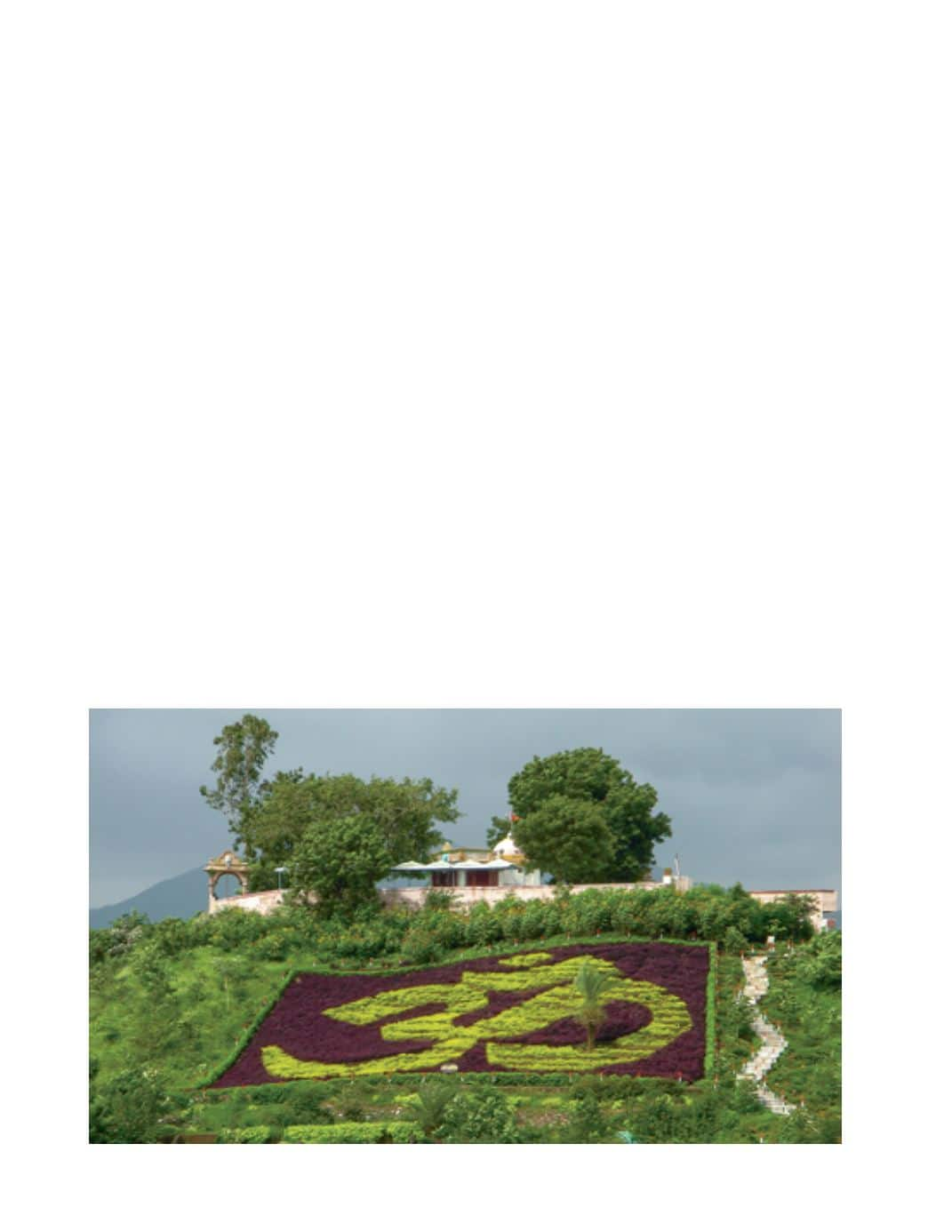
46
(iv) Open space in the city-institutional areas,
society and parks and along streets should
be planted by suitable species. Small to
medium sized tree species should be
planted along roads and streets.
(v) River bank plantation should be raised
along river or stream passing through
the urban area. The river bank should
be transformed into recreation site by
improving greenery. Thick green belt
should be raised along the canal, aiming to
create patches of recreational area using
canal water.
(vi) Expansion of city or urbanization or
establishment of new building society
should be permitted after approval of
tree plantation plan in adequate area, say
about at least 15% of the development
areas.
(vii) Lakes and ponds in and around the urban
areas should be preserved and developed.
Trees like
Ficus
sp. Khati-amli, Mango,
Jamun, Neem and Deshi-babool should be
planted to attract urban people and also
birds in a line of Kankaria lake.
(viii) Reclamation sites should be covered by
raising tree plantation blocks.
(ix) Terrace gardening should be permitted to
improve green space.
(x) Tall seedlings of suitable species should be
planted in large pits with adequate care.
Frequent watering and application of
fertilizer should be done in such a manner
that plants gain tree shape in two years.
Nagar Nandan Van Yojanamay be renewed
in a revised form to increase tree cover.
(xi) Dense tree cover in the peripheral villages
or area under Urban Development
Authorities should serve as green shield
or tree shelter belt around the concrete
jungle to moderate the environment of
the city.
(xii) Attempt should be made to cover every
building by tree line around it.
(xiii) Forest
Department
and
Urban
Development
Departments
and
authorities should deliberate this issue to
evolve appropriate strategies to improve
tree cover in the cities.


